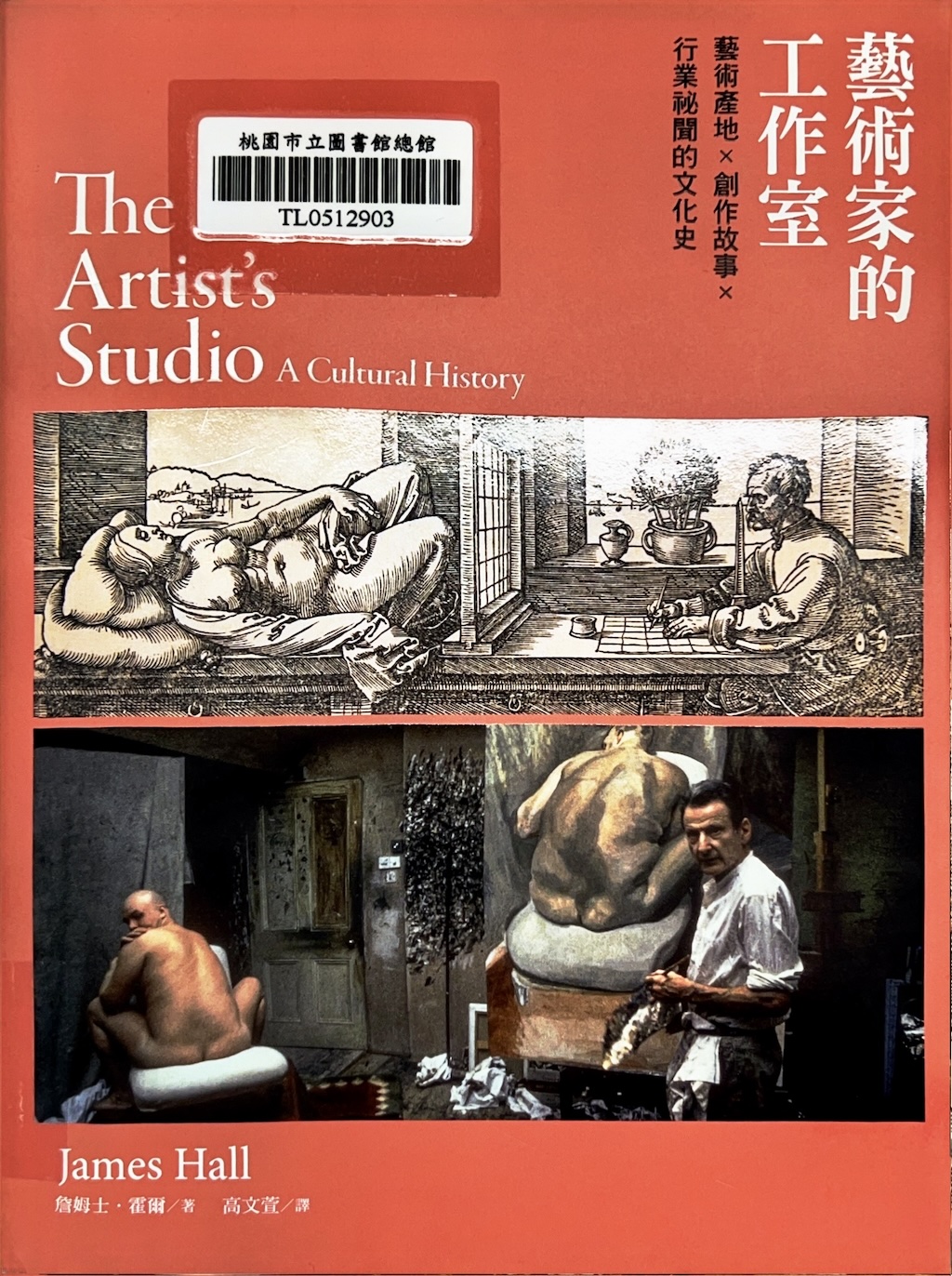Prompt to DeepSeek:
"Give a comprehensive book review."
全面書評:詹姆斯·霍爾《藝術家的工作室》
引言
藝術史學家詹姆斯·霍爾(以《自畫像的文化史》等著作聞名)在《藝術家的工作室》一書中,將學術眼光投向「創作空間」的演變。這部考據嚴謹的作品,從中世紀作坊到當代數位領域,梳理工作室的歷史脈絡,並透過文化視角揭示藝術在社會中角色的轉變。
內容與主題
霍爾以時間為軸,開篇探討中世紀行會中藝術作為集體工藝的樣貌,隨後聚焦文藝復興時期個人化工作室的興起,以米開朗基羅、林布蘭等巨匠為例,解析其空間如何成為天才與內省的象徵。敘事橫跨19世紀畫室(藝術家波希米亞式生活的舞臺),延伸至現代畢卡索雜亂的工作室與安迪·沃荷「工廠」等標誌性場域,後者體現藝術商業化的進程。
核心主題包括:工作室作為藝術家身份的鏡像、孤立與協作的矛盾,以及這些空間在大眾文化中的神話化。霍爾解構浪漫化想像,揭露工作室作為勞動、創新,乃至表演性景觀的真實面貌。
寫作風格與結構
霍爾的筆觸博學而平易,融合學術深度與敘事魅力。他透過軼事(如卡拉瓦喬戲劇性用光、芙烈達·卡蘿結合臥室與工作室的創作)賦予歷史細節人性溫度。時間軸框架清晰,但部分章節(如文藝復興)著墨較深,非西方或數位化工作室的討論則略顯簡略。
優點
考據紮實:霍爾的學術功底展露無遺,檔案細節與冷門敘事皆處理精細。
文化脈絡:將工作室視為社會變遷的縮影,從宗教贊助到資本市場無所不包。
生動敘事:藝術家軼事(如馬諦斯精心營造的混亂)為嚴肅主題增添趣味。
缺點
西方中心:分析偏重歐美傳統,全球視野較為欠缺。
當代空白:戰後數位化、游牧式工作室等議題著墨不足。
圖像缺席:若書中缺乏視覺案例(假設為真),將錯失以圖佐文的良機。
讀者與推薦
《藝術家的工作室》適合藝術史學者、學生,及渴望理解藝術創作「幕後」的愛好者。一般讀者或覺部分段落艱澀,但仍能享受其敘事魅力。此書為藝術史領域重要補充,然其狹窄視野亦呼籲未來研究關注邊緣地區與當代實踐。
結論
詹姆斯·霍爾以精湛筆法勾勒工作室從作坊到文化符號的旅程,為藝術身份之演變提供新穎洞見。儘管存在歐洲中心傾向,此書仍是歷史與批判的迷人綜合體,適合所有對藝術誕生之地感興趣的讀者。
評分:4/5 顆星(學術性與可讀性兼具,唯視野稍受限,細節豐富。)
Comprehensive Book Review: The Artist’s Studio by James Hall
Introduction
James Hall, a distinguished art historian known for works like The Self-Portrait: A Cultural History, turns his scholarly gaze to the evolution of creative spaces in The Artist’s Studio. This meticulously researched book explores the studio’s transformation from medieval workshops to contemporary digital realms, offering a cultural and historical lens through which to view art’s changing societal role.
Content and Themes
Hall structures the book chronologically, beginning with medieval guilds where art was a collaborative craft. He traces the Renaissance shift to individualized studios, highlighting figures like Michelangelo and Rembrandt, whose spaces became synonymous with genius and introspection. The narrative progresses through 19th-century ateliers, where studios served as theaters of bohemian life, to modern icons like Picasso’s cluttered havens and Warhol’s Factory, emblematic of art’s commercialization.
Central themes include the studio as a mirror of artistic identity, the tension between isolation and collaboration, and the mythologizing of these spaces in popular culture. Hall deconstructs romanticized notions, revealing studios as sites of labor, innovation, and occasionally, performative spectacle.
Writing Style and Structure
Hall’s prose is erudite yet accessible, blending academic rigor with vivid storytelling. His analysis is enriched by anecdotes—such as Caravaggio’s use of dramatic lighting or Kahlo’s bedroom-studio hybrid—that humanize historical shifts. The chronological framework aids clarity, though some chapters (e.g., the Renaissance) feel more fleshed out than others, such as fleeting mentions of non-Western or digital spaces.
Strengths
Depth of Research: Hall’s expertise shines, with meticulous attention to archival details and lesser-known narratives.
Cultural Context: The studio is framed as a microcosm of broader societal shifts, from religious patronage to capitalist markets.
Engaging Anecdotes: Stories of artists’ quirks (e.g., Matisse’s curated chaos) enliven the text.
Weaknesses
Western Focus: The analysis leans heavily on European and American traditions, sidelining global perspectives.
Modern Gaps: Post-Warhol eras, including digital or nomadic studios, receive cursory treatment.
Illustrations: While hypothetical, the absence of visual examples (if true) would be a missed opportunity to anchor descriptions.
Audience and Recommendation
The Artist’s Studio will captivate art historians, students, and enthusiasts keen to understand the “backstage” of artistic creation. General readers may find some sections dense but will appreciate the narrative flair. Hall’s work is a valuable addition to art history, though its narrow scope invites future explorations into underrepresented regions and contemporary practices.
Conclusion
James Hall masterfully charts the studio’s journey from workshop to cultural icon, offering fresh insights into art’s evolving identity. Despite its Eurocentric bias, the book is a compelling synthesis of history and critique, ideal for anyone intrigued by the spaces where art breathes to life.
Rating: 4/5 (A scholarly yet engaging read, slightly limited by scope but rich in detail.)

